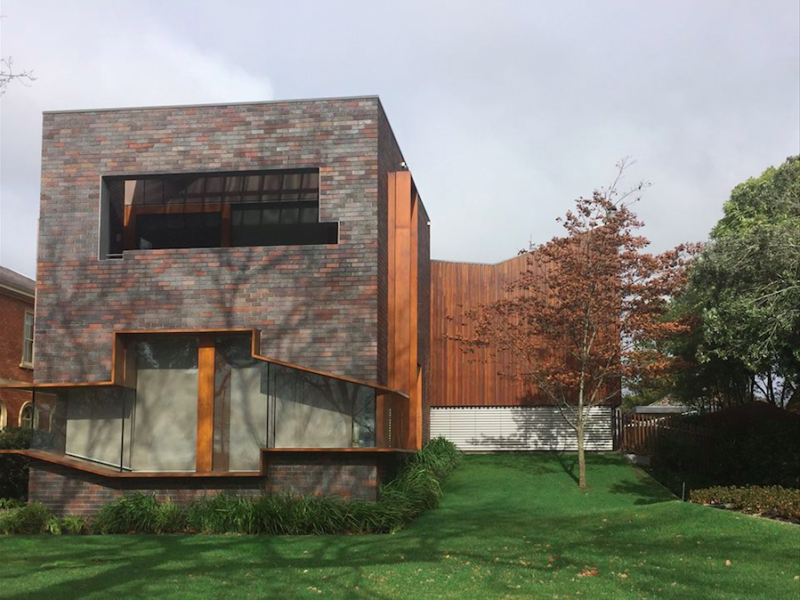Improving green star rating through warema sunshading
Buildings are a major contributor to greenhouse gasses accounting for around 45% of emissions internationally. Australia is one of the largest contributors per capita of greenhouse gasses, at approximately double the norm for developed countries. Accordingly much focus has turned to the building industry and in the current market, new commercial buildings need environmental credentials in order to be attractive to tenants.
Green star is a national voluntary rating scheme that includes a category that addresses the environmental impact of office buildings by awarding points for good environmental design. Amongst other things green Star awards points for design that has energy saving outcomes. WAREMA sunshading products can contribute significantly to the awarding of Green Star points in several areas.
WAREMA sunshading products can contribute to Green Star accreditation in these areas.
Daylight
Warema has a range of shading products and innovations designed to maintain comfortable daylight levels in commercial buildings by reflecting and redirecting incident light. There are several good reasons to use natural daylight over artificial light sources including:
- Daylight promotes well being and is proven in many psycho-awareness studies to promote healthier work patterns.
- Using daylight greatly reduces the energy cost of lighting. It therefore assists in gaining green star points in other areas relating to energy performance.
Designers should note that when sunshading is external, the solar protection role of the glass is greatly diminished. Clear glass may then be used, which is far better for introducing daylight to a building (and less expensive). Even types of glazing such as Low E in spite of appearing to be clear actually lower the penetration of daylight.
Glare Control
All sunshading devices contribute to glare control but smart sunshading does so without compromising interior light quality. Warema products are designed to redirect daylight to where it is needed most in the inner spaces of buildings whilst eliminating glare close to glass. In projects where glare is addressed through fabric technology a Warema control system can perfectly adjust the blind operation to the sun conditions even taking into account the overshadowing effects of adjoining buildings.
Thermal Comfort
External shading can be the greatest contributor to thermal comfort in a building. By reducing the ingress of solar radiation by up to 90% interiors stay cool and feel natural without the discomfort of dehumidified air from mechanical systems. In a modern well insulated building it is common for external shading to lower room temperatures by around 10 degrees, thereby passively cooling the building until external temperatures reach mid thirties, when supplementary cooling is required.
Sunshading devices work in several ways to reduce solar gain, the most important of which is reflection of solar radiation. Lighter colors and reflective surfaces are therefore generally the most effective and this applies to both products like external venetian blinds and internal roller products. External fabric products are different because more thermal benefit can be gained by absorbing heat in a dark fabric before it reaches the glass than lighter colors which are have higher transmission values.
To reduce solar gain external shading is the most effective method and Warema offers a range of exciting and innovative products, some of which are suitable for mid rise commercial buildings or wind speeds of up to 90 km/h.
Second most effective is interstitial sunshading (blinds located within double glazed units) and lastly internal sunshading. For tall buildings beyond 10 level these last two possibilities include several possibilities. The Warema range includes both fabric and slatted solutions for internal sunshading with specialised highly reflective surfaces that can transmit solar radiation back to the exterior. We can also assist with interstitial solutions.
Sunshading devices also contribute in winter by trapping an air space between glass and blind, much in the same way as insulation works. To reduce winter heat loss internal blinds are the most effective. Particular attention should be given to roof glazing as heat loss through overhead surfaces can be far greater than normal windows. Warema offers a range of highly efffective internal shading systems and control systems that can trigger blinds to close in winter once a low temperature threshold has been reached, raising again when morning sun arrives to warm the interior and then responding to the sun levels through the day to maintain a comfortable temperature.
Energy Performances
The energy benefits of sunshading extend beyond the ability of blinds to reduce heat gain. Using high performance sunshading:
- Reduces reliance on mechanical cooling
- Reduces the amount of space required for mechanical cooling thereby further reducing the capacity requirements of the cooling plant.
- Enhances daylight and reduces reliance on artificial lighting
- Assists with reducing heat loss in winter
- Responds to light and heat conditions far quicker than mechanical systems, thereby helping to overcome inefficiencies associated with thermal lag.
- Forms a natural duet with mechanical ventilation using Warema controls for optimal interior conditions

